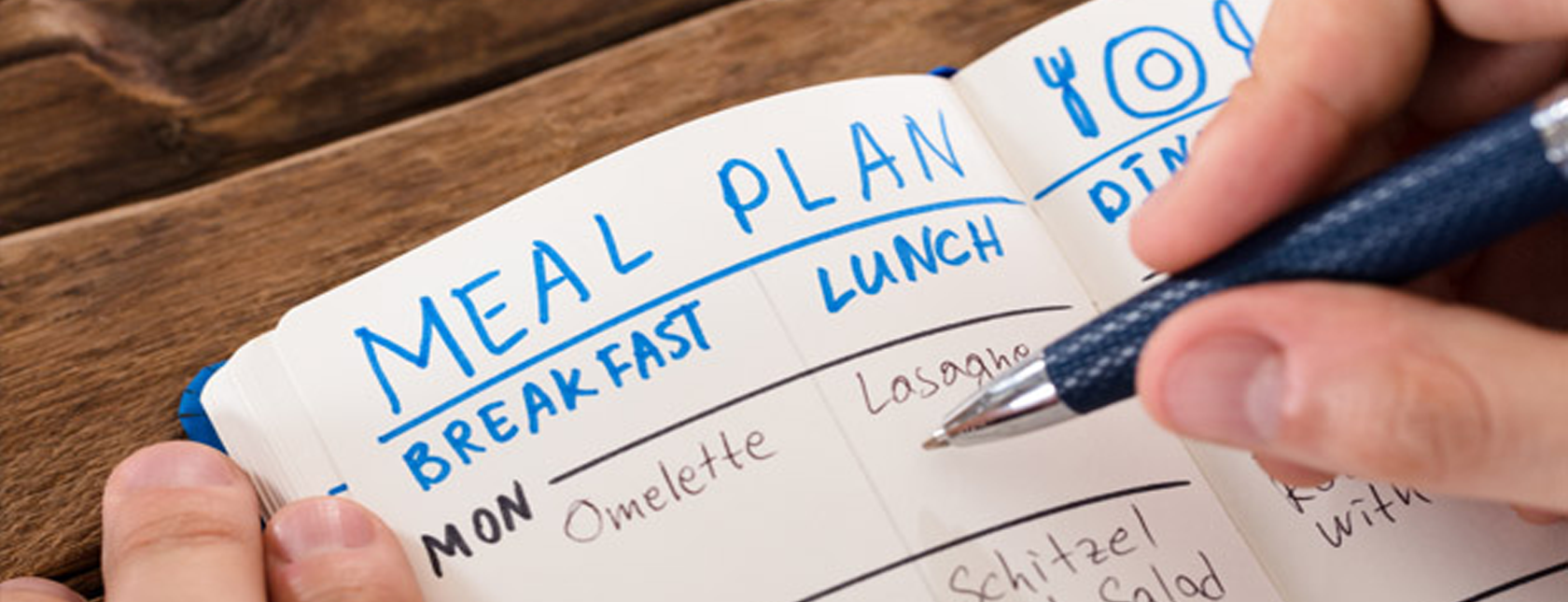Pantry Shopping and Meal Planning Preparation Tips
With experts telling Americans to practice social distancing and to be ready for a possible 14-day self-quarantine one of our first concerns is food. How do we shop and prepare for 14 days worth of meals? Equally important are concerns about shopping without overbuying and staying on a budget.
In uncertain times like these meal planning can be an even more important, and comforting, strategy to help your family prepare appropriately. There are strategies you can incorporate now to stock your pantry and plan meals that are nutritious and tasty. And, sometimes during difficult situations, we learn new approaches that will be beneficial in the long run.
Stocking a Pantry
Space and the number of people in your family are primary considerations when planning items to purchase for a stocked pantry. According to the editors of Epicurious and experts from The Today Show, recommended foods to have on hand include:
- Canned foods such as beans (chickpeas, black beans, etc.), tomatoes (diced or whole), tomato sauce and paste, pumpkin, canned soups and canned or boxed broths, canned meats and fish such as Spam and tuna.
- Shelf-stable dry goods, such as crackers, nut butters, dried fruits, cereal, protein bars, and granola/granola bars.
- Cooking oils such as olive and vegetable oil, and basic seasonings such as salt, black pepper, and kinds of vinegar.
- Frozen food such as fruits and vegetables, pizza, chicken nuggets, biscuits
- Pasta, dried beans, nuts, grains(such as barley, oats, quinoa, rice, farro)
- Hot and cold cereal
- Coffee, tea and hot chocolate
- Hydrating drinks such as sports drinks and children’s rehydration drinks can also be useful if a family member becomes sick
In addition to these items, if your pantry and budget have room, you might want to consider non-essential items for variety. This could include jarred salsa, bags of tortilla chips or other snacks, jars of pickles or preserved vegetables (roasted red peppers, olives, and artichoke hearts), and chocolate bars (a little chocolate can make many of us feel better).
Ideally, once your pantry is stocked, you want to reserve your emergency supplies for an emergency – during a quarantine for example. If your budget and the situation allows it, continue your weekly grocery shopping rather than using your emergency stash even for simple items like rice or pasta. If your budget doesn’t allow for completely reserving these staples, then try to restock your pantry each week with any items used so you continue to be stocked for an emergency.
If you do find yourself in an emergency, eat your perishable food first. Try cooking and eating fresh fruits and vegetables, meat and fish, dairy items like milk and yogurt and even bread before turning to your pantry. Another strategy is to freeze unused items to preserve their freshness and use later.
There are a number of questions to consider before you put together a grocery list for your emergency supplies. How many people are in your family and how many meals will you actually cook? Will you specifically plan only dinners and then provide looser choices for breakfast and lunch? Or will you specifically identify menu items for every meal? What kinds of meals can you cook using items in your pantry? What items do you need to make sure you have a healthy variety? Whatever items you ultimately decide on, try to be as realistic to your family’s preferences as possible.
Meal Planning Tips
The simplest meal planning strategy is to literally write a menu for each meal. If you are only planning dinners you can create a menu of 7 meals and simply repeat it the second week. You can list 14 different dinners if you want more variety or some combination of both.
If you write down a meal plan ahead of time when the emergency situation arises all you have to do is pull out your plan and you’re all set. It can help alleviate some of the stress we feel in emergency situations if you know you have your meals all ready to go.
Remember in an emergency situation you may simply want to make sure you can get a meal on the table and let the more complex meals go by the wayside. It’s ok to give yourself permission to forgo meals with lots of ingredients and instead focus on simple and nutritious meals until your routine returns to normal.
Consider that vegetarian meals are often less expensive than meals with meat. Using a crockpot can allow you to use less expensive cuts of meat because the slow cooking process tenderizes the meat. Newer gadgets like instant pots and air fryers can also help prepare quick and easy meals. Everything from tacos and beans to baked chicken and vegetables to breakfast for dinner are all simple options.
Another idea is to cook some of your favorite dishes in advance of an emergency and freeze them. You can freeze many items including cooked chicken, lasagna, cookies, and casseroles. You will want to write the date on whatever package you freeze the meals in so that you can be sure to use them one way or another before they have been in the freezer too long.
Grocery Shopping
After deciding what to include in your emergency stash and what meals you will cook, it’s time to go grocery shopping. The most important step is to make a list before going to the store. Organizing your list by aisle in the grocery store is helpful. You can make a list of the old fashioned way on paper or use one of many apps.
More helpful tips:
- Use money-saving apps such as Ibotta, Checkout 51, Grocery Pal and Coupons.com to help save money whenever shopping. Remember to only use coupons for items you really will use.
- Use a calculator while shopping to help stay within budget.
- Store brands are often less expensive than name brands.
- Ask stores for rain checks if a sale item has run out.
- Plenty of additional strategies can help you shop for what you really need and keep spending in check.
After taking time to create a grocery list, planning meals, and shopping for groceries, you will hopefully find comfort in knowing that you are prepared to feed family in an emergency. Knowing that you are ready with your grocery shopping strategy during difficult times will give you one less worry during the emergency.
Written by Carolyn Pemberton, AmericaSaves.org/blog

